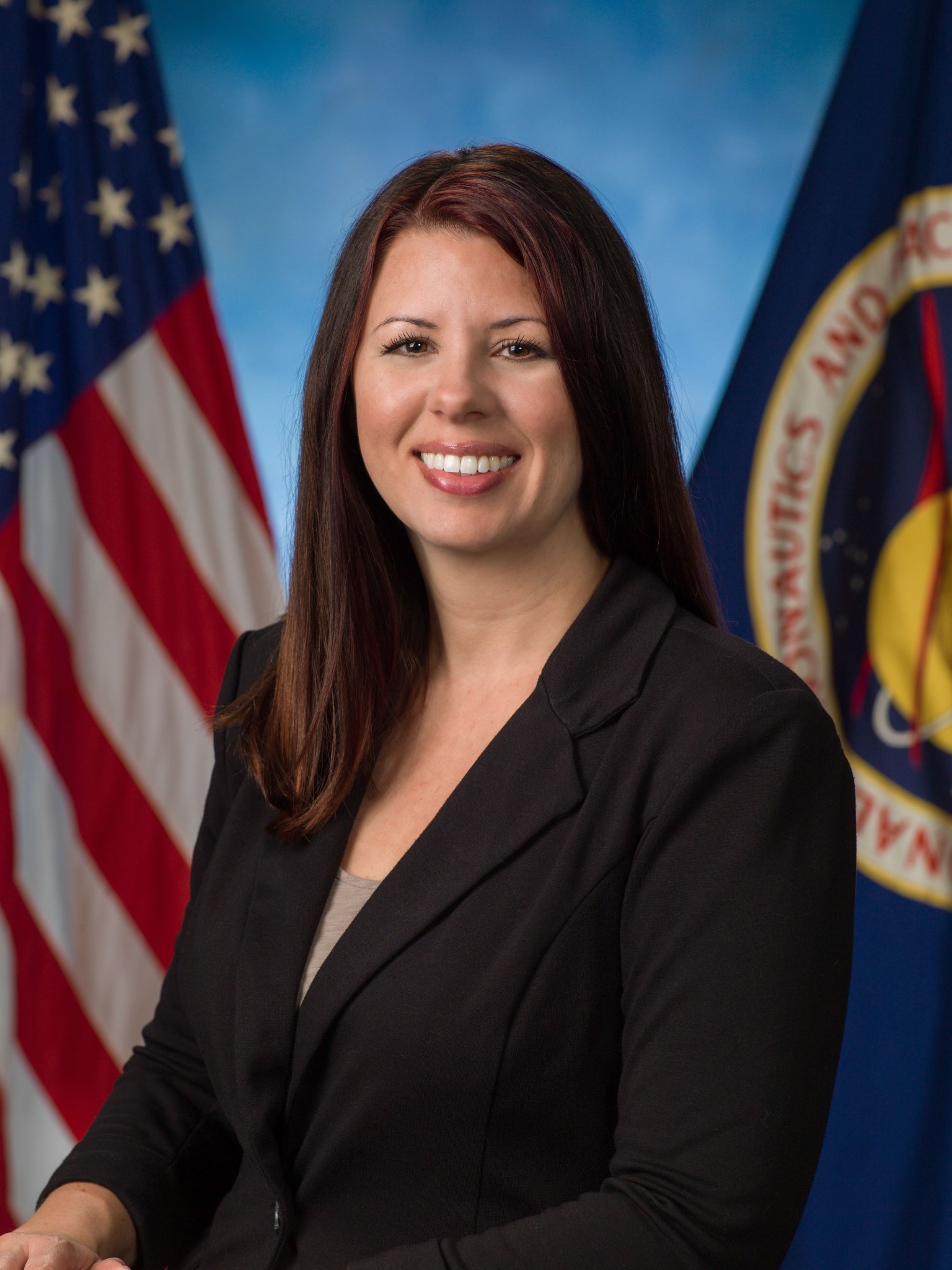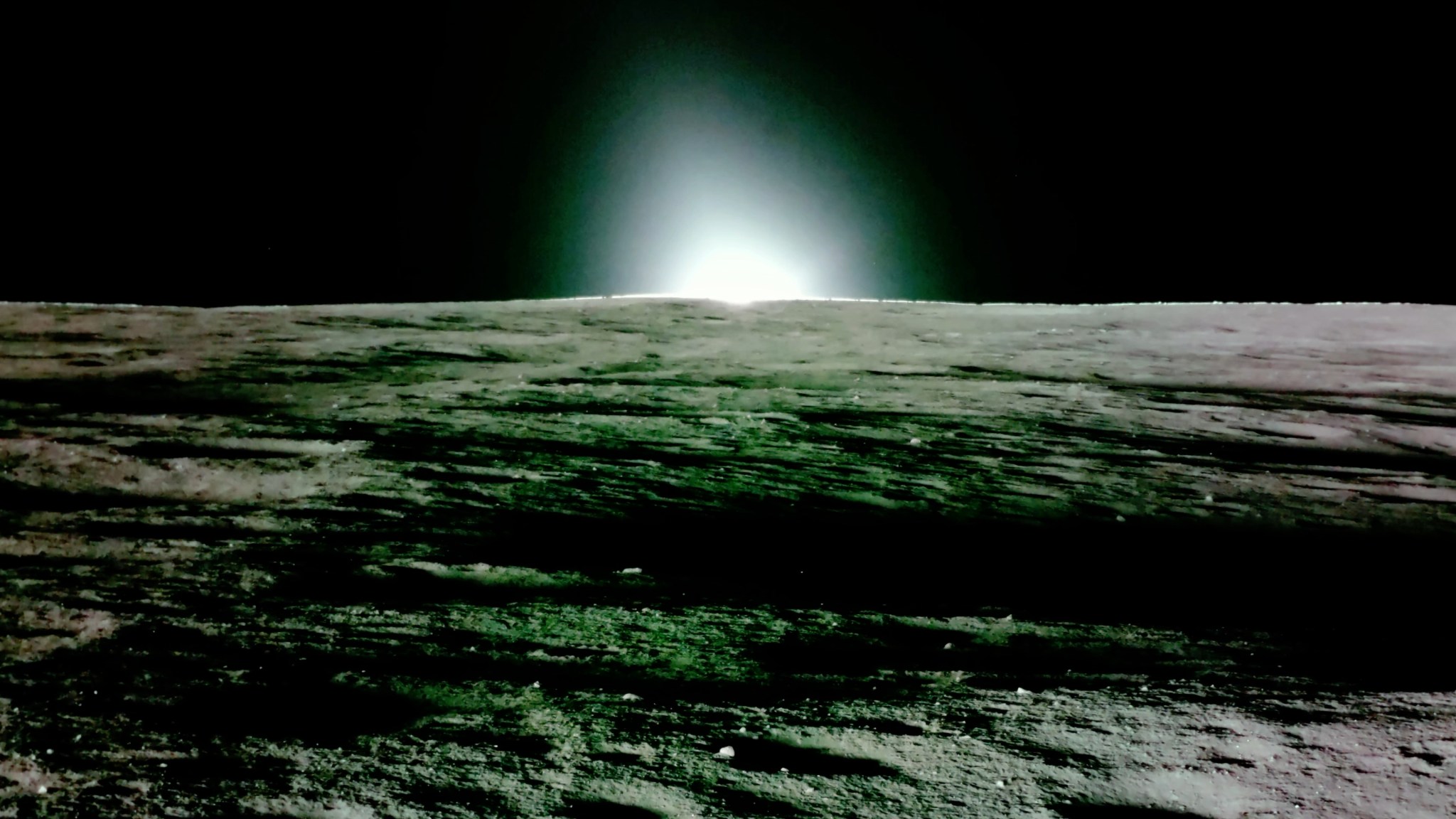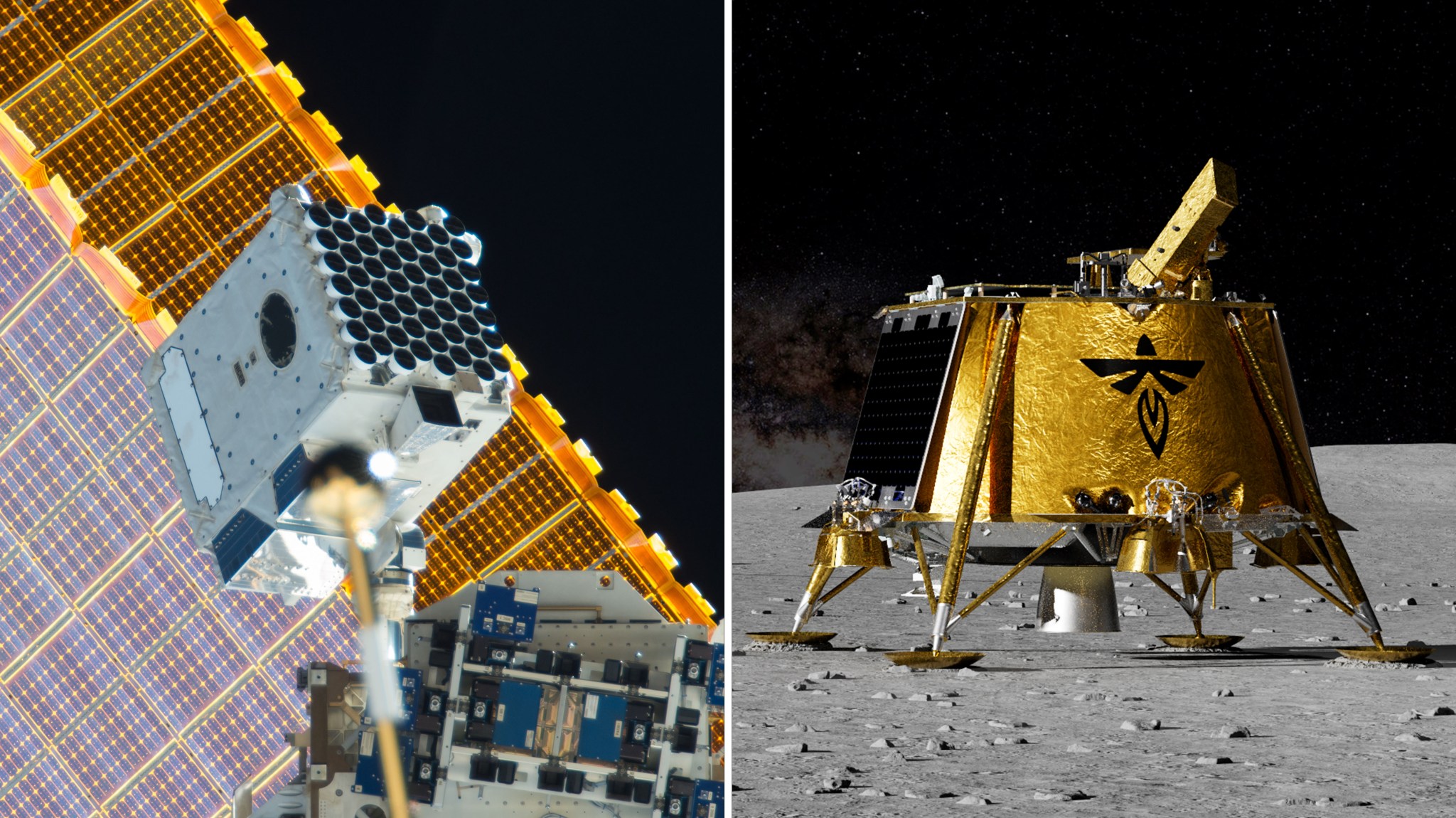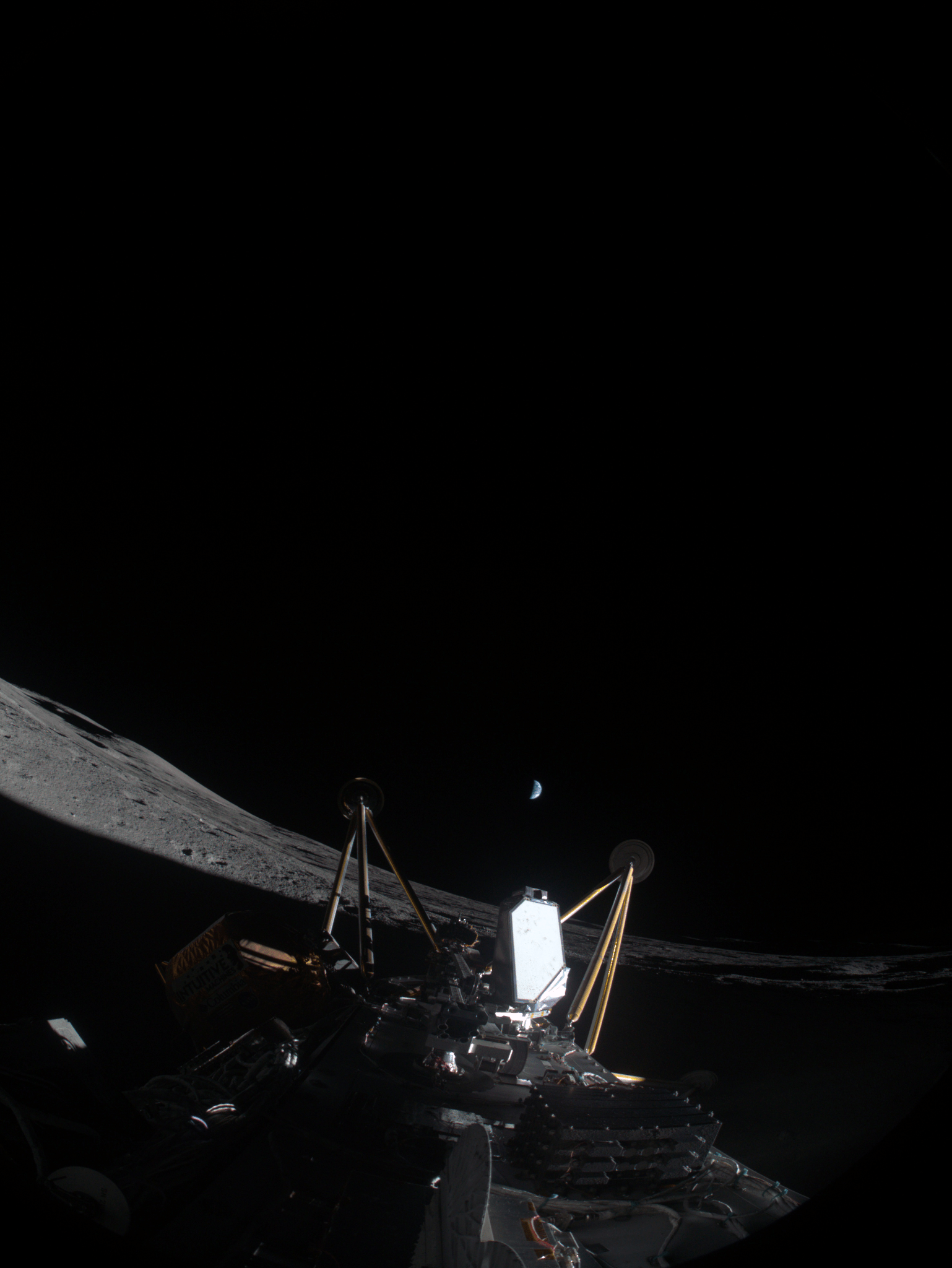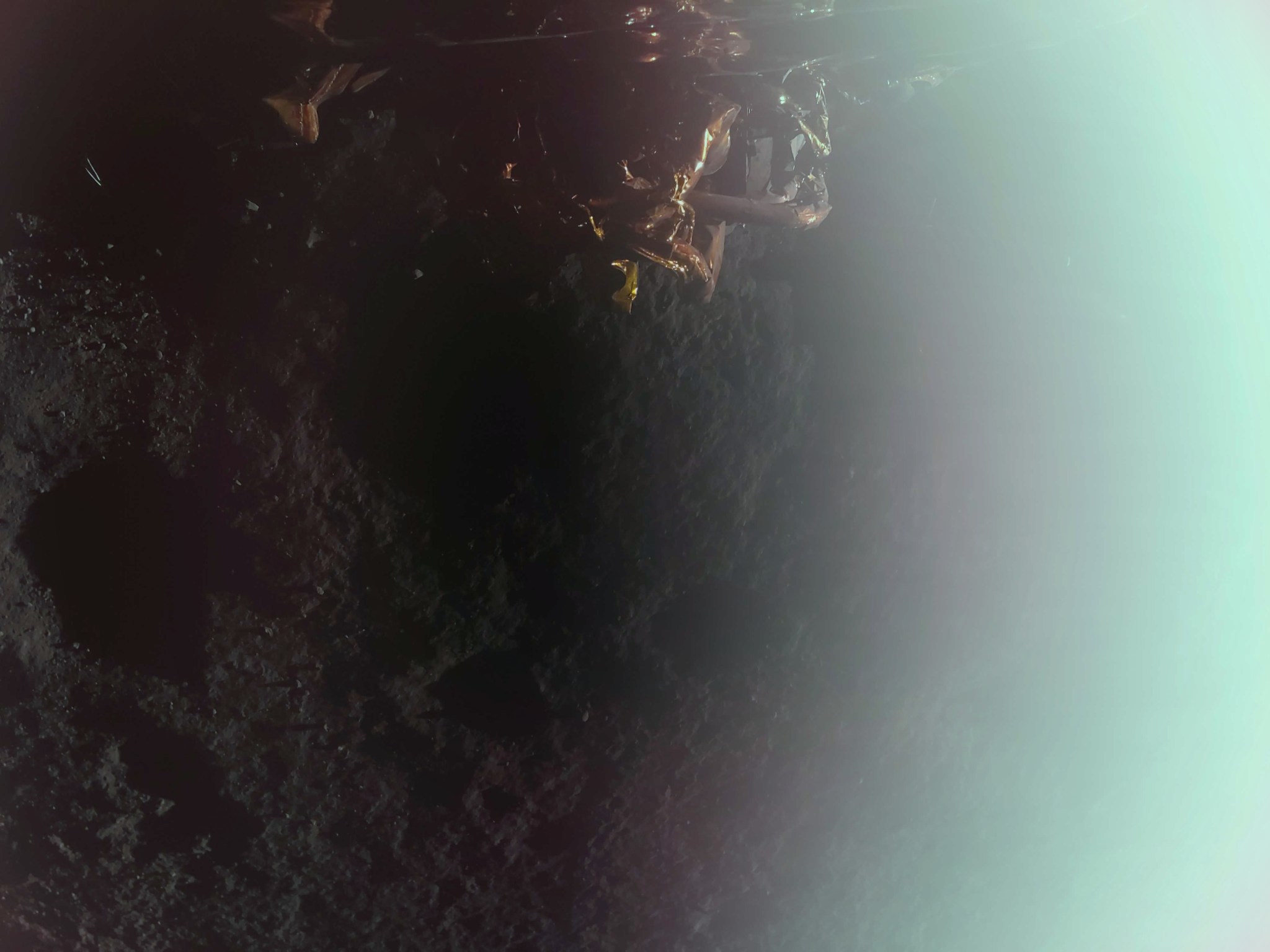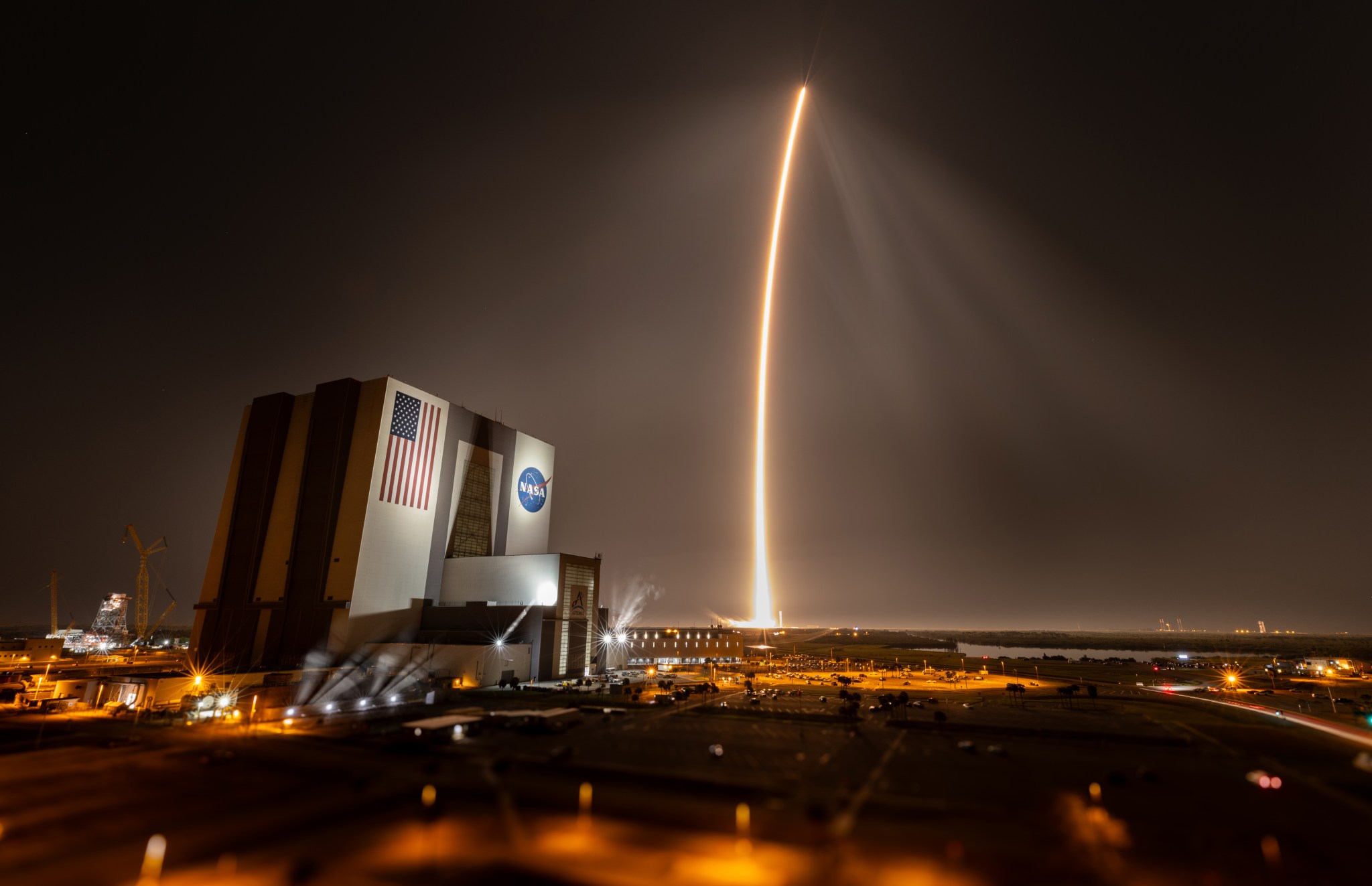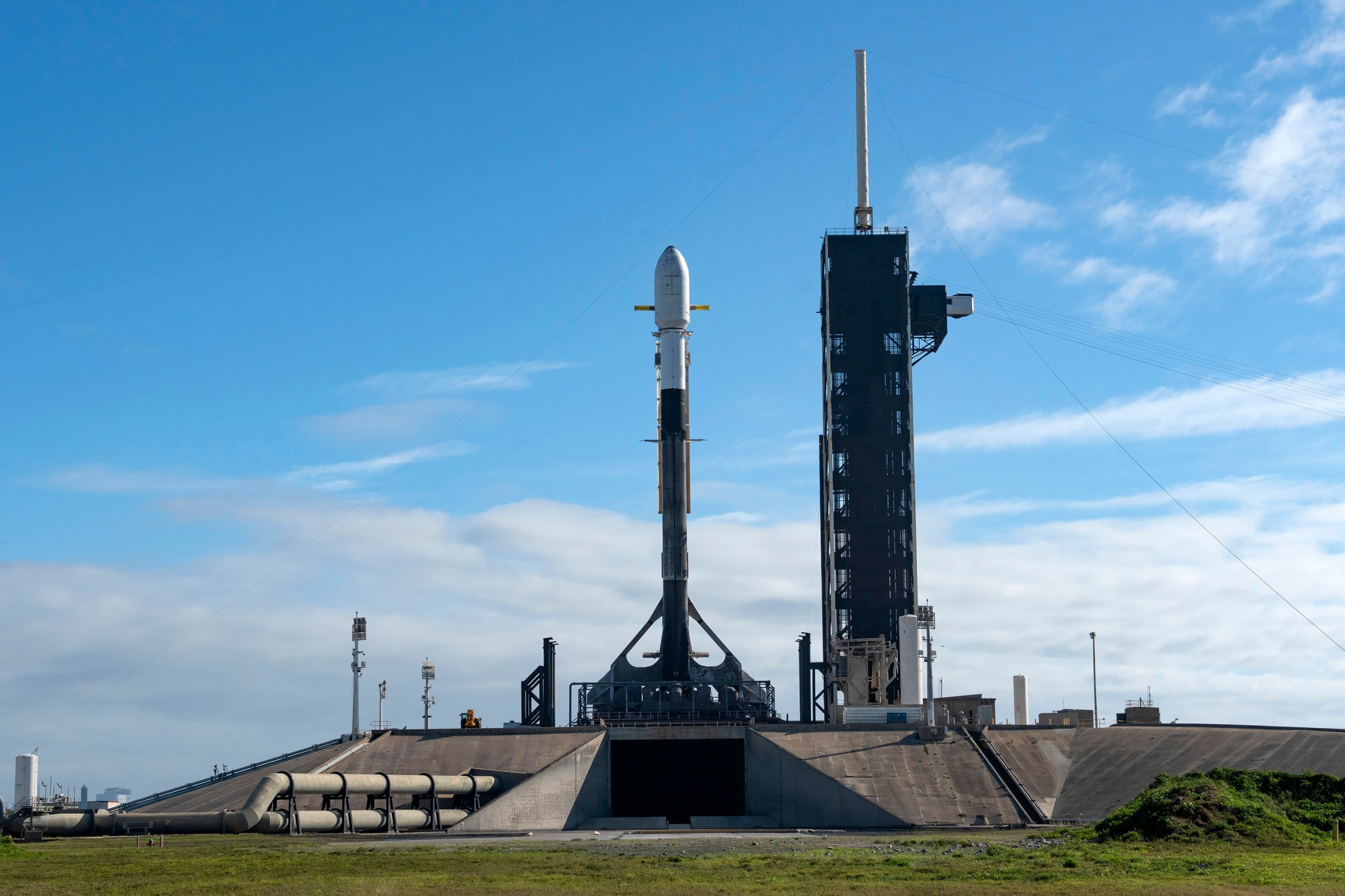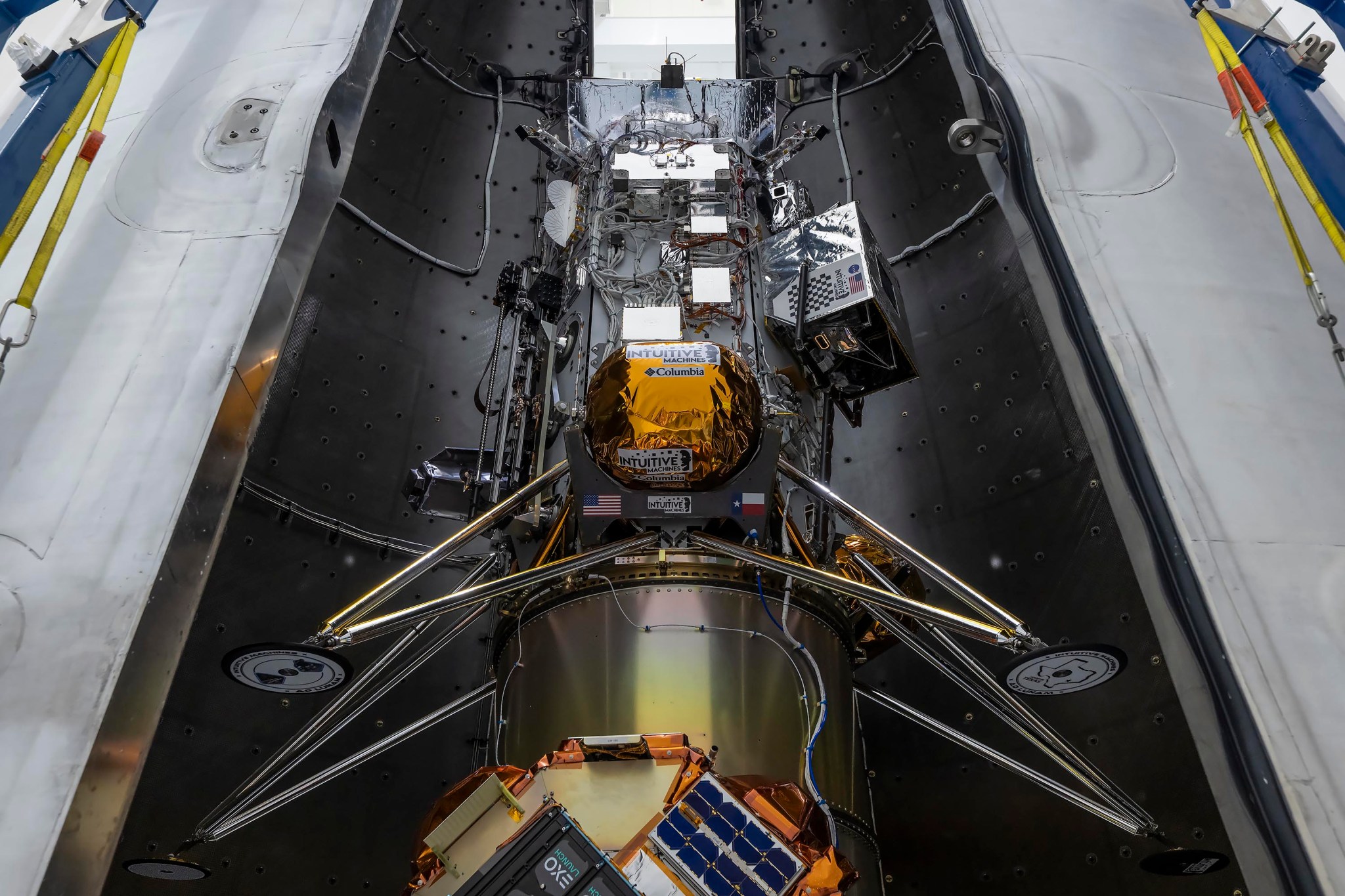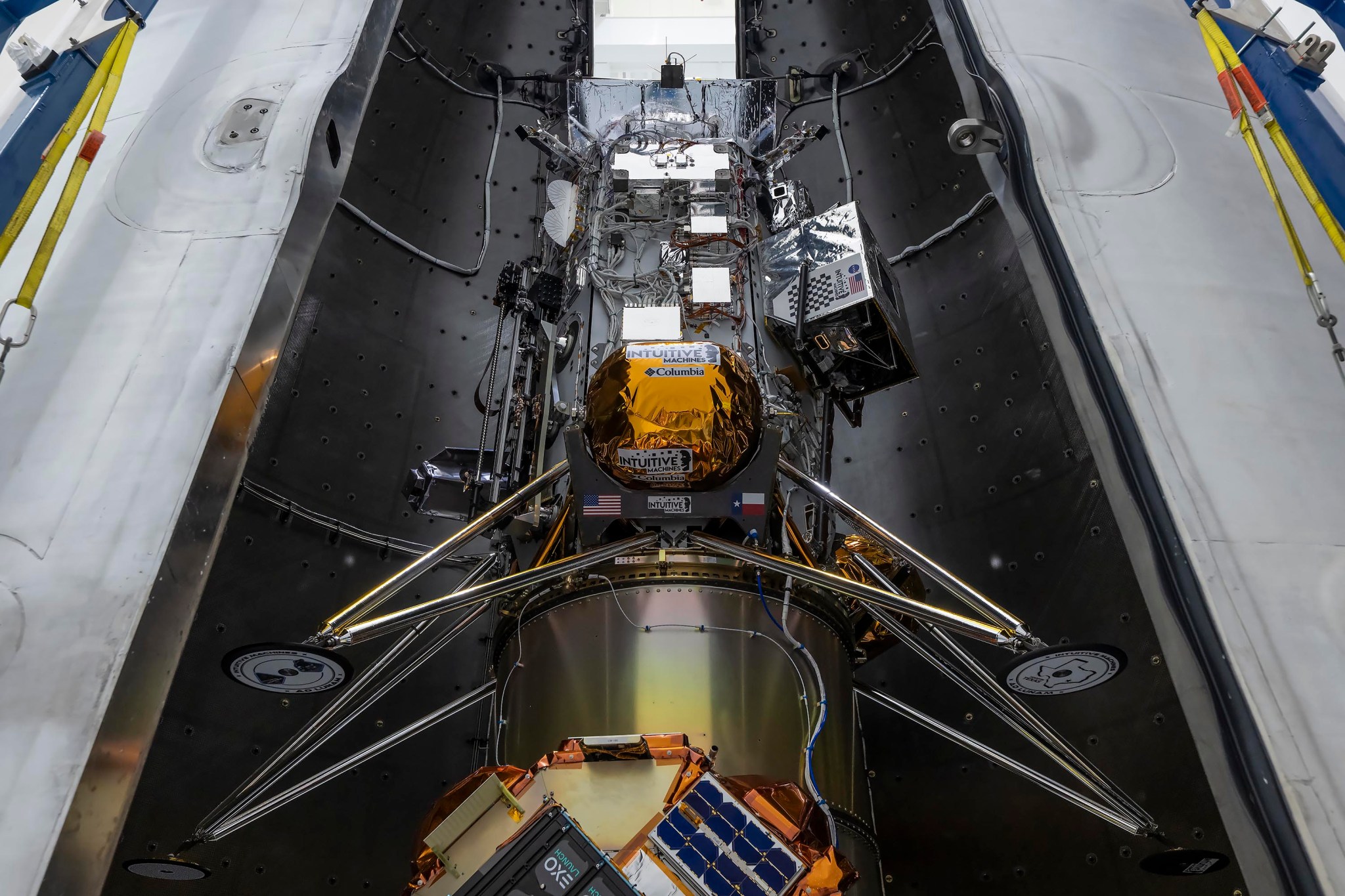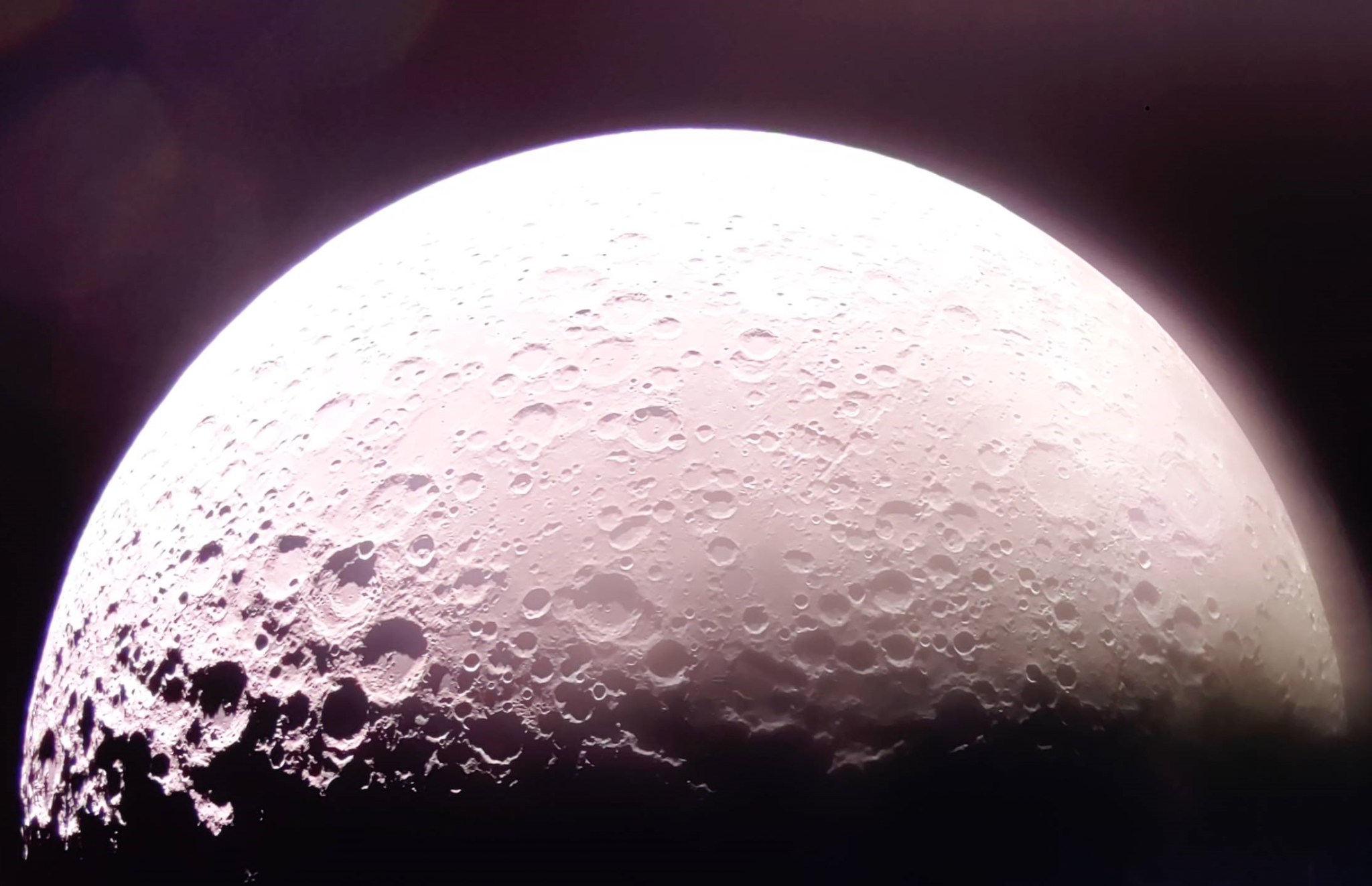As NASA partners with American industry to deliver science and technology payloads to the Moon, a dedicated team behind the scenes ensures every mission is grounded in strategy, compliance, and innovation. Leading that effort is Aubrie Henspeter, who advises all aspects of procurement for NASA’s Commercial Lunar Payload Services (CLPS) initiative—one of the cornerstone projects supporting the Artemis campaign. Official portrait of Aubrie Henspeter. NASA/Bill Stafford With 20 years at NASA, Henspeter brings multifaceted experience to her role as CLPS procurement team lead in the Lunar & Planetary Exploration Procurement…
Read MoreTag: Commercial Lunar Payload Services (CLPS)
NASA Science Continues After Firefly’s First Moon Mission Concludes
After delivering ten NASA science and technology payloads to the near side of the Moon through NASA’s CLPS (Commercial Lunar Payload Services) initiative and Artemis campaign, Firefly Aerospace’s Blue Ghost Mission 1 lander captured this image of a sunset from the lunar surface. Credit: Firefly Aerospace After landing on the Moon with NASA science and technology demonstrations March 2, Firefly Aerospace’s Blue Ghost Mission 1 concluded its mission March 16. Analysis of data returned to Earth from the NASA instruments continues, benefitting future lunar missions. As part of NASA’s CLPS…
Read MoreNASA Space Station Research Helps Power Moon Science
NICER (left) is shown mounted to the International Space Station, and LEXI (right) is shown attached to the top of Firefly Aerospace’s Blue Ghost in an artist’s rendering. NASA/Firefly Aerospace The International Space Station supports a wide range of scientific activities from looking out at our universe to breakthroughs in medical research, and is an active proving ground for technology for future Moon exploration missions and beyond. Firefly Aerospace’s Blue Ghost Mission-1 landed on the Moon on March 2, 2025, kicking off science and technology operations on the surface, including…
Read MoreNASA Receives Some Data Before Intuitive Machines Ends Lunar Mission
Intuitive Machines’ IM-2 captured an image March 6, 2025, after landing in a crater from the Moon’s South Pole. The lunar lander is on its side about 820 feet from the intended landing site, Mons Mouton. In the center of the image between the two lander legs is the Polar Resources Ice Mining Experiment 1 suite, which shows the drill deployed. Credit: Intuitive Machines Shortly after touching down inside a crater on the Moon, carrying NASA technology and science on its IM-2 mission, Intuitive Machines collected some data for the…
Read MoreTouchdown! Carrying NASA Science, Firefly’s Blue Ghost Lands on Moon
First image captured by Firefly’s Blue Ghost lunar lander, taken shortly after confirmation of a successful landing at Mare Crisium on the Moon’s near side. This is the second lunar delivery of NASA science and tech instruments as part of the agency’s Commercial Lunar Payload Services initiative. Credit: Firefly Aerospace Carrying a suite of NASA science and technology, Firefly Aerospace’s Blue Ghost Mission 1 successfully landed at 3:34 a.m. EST on Sunday near a volcanic feature called Mons Latreille within Mare Crisium, a more than 300-mile-wide basin located in the…
Read MoreIntuitive Machines-2 Lifts Off
NASA/Cory S Huston A SpaceX Falcon 9 rocket carrying Intuitive Machines’ Nova-C lunar lander (IM-2) soars upward after liftoff from Launch Complex 39A at NASA’s Kennedy Space Center in Florida on Wednesday, Feb. 26, 2025. The lander is set to land on the Moon on March 6. The NASA science and technology demonstrations aboard the lander will, once on the Moon, gather data to support future human missions. NASA’s Lunar Trailblazer spacecraft, which launched as a rideshare with the IM-2 mission, also began its journey to lunar orbit, where it will map…
Read MoreFourth Launch of NASA Instruments Planned for Near Moon’s South Pole
A SpaceX Falcon 9 rocket stands vertical on Tuesday, Feb. 25, 2025, at Launch Complex 39A at NASA’s Kennedy Space Center ahead of Intuitive Machines’ IM-2 mission as part of the agency’s Commercial Lunar Payload Services initiative and Artemis campaign. SpaceX Sending instruments to the Moon supports a growing lunar economy on and off Earth, and the next flight of NASA science and technology is only days away. NASA’s CLPS (Commercial Lunar Payload Services) initiative is a lunar delivery service that sends NASA science and technology instruments to various geographic…
Read MoreFive Facts About NASA’s Moon Bound Technology
4 Min Read Five Facts About NASA’s Moon Bound Technology A view of the Moon from Earth, zooming up to IM-2's landing site at Mons Mouton, which is visible in amateur telescopes. Credits: NASA/Scientific Visualization Studio NASA is sending revolutionary technologies to the Moon aboard Intuitive Machines’ second lunar delivery as part of the agency’s CLPS (Commercial Lunar Payload Services) initiative and Artemis campaign to establish a long-term presence on the lunar surface. As part of this CLPS flight to the Moon, NASA’s Space Technology Mission Directorate will test novel technologies…
Read MoreNASA Sets Coverage for Intuitive Machines’ Next Commercial Moon Launch
Caption: The Intuitive Machines lunar lander that will deliver NASA science and technology to the Moon as part of the agency’s CLPS (Commercial Lunar Payload Services) initiative and Artemis campaign is encapsulated in the fairing of the SpaceX Falcon 9 rocket. Credit: SpaceX Carrying NASA science and technology to the Moon as part of the agency’s CLPS (Commercial Lunar Payload Services) initiative and Artemis campaign, the Intuitive Machines IM-2 mission is targeted to launch no earlier than Wednesday, Feb. 26. The mission will lift off on a SpaceX Falcon 9…
Read MoreNASA Sets Coverage of Firefly’s First Robotic Commercial Moon Landing
Firefly’s Blue Ghost lunar lander captured a bright image of the Moon’s South Pole (on the far left) through the cameras on its top deck, while it travels to the Moon as part of NASA’s CLPS (Commercial Lunar Payload Services) initiative and Artemis campaign. Credits: Firefly Aerospace With a suite of NASA science and technology on board, Firefly Aerospace is targeting no earlier than 3:45 a.m. EST on Sunday, March 2, to land the Blue Ghost lunar lander on the Moon. Blue Ghost is slated to touch down near Mare…
Read More